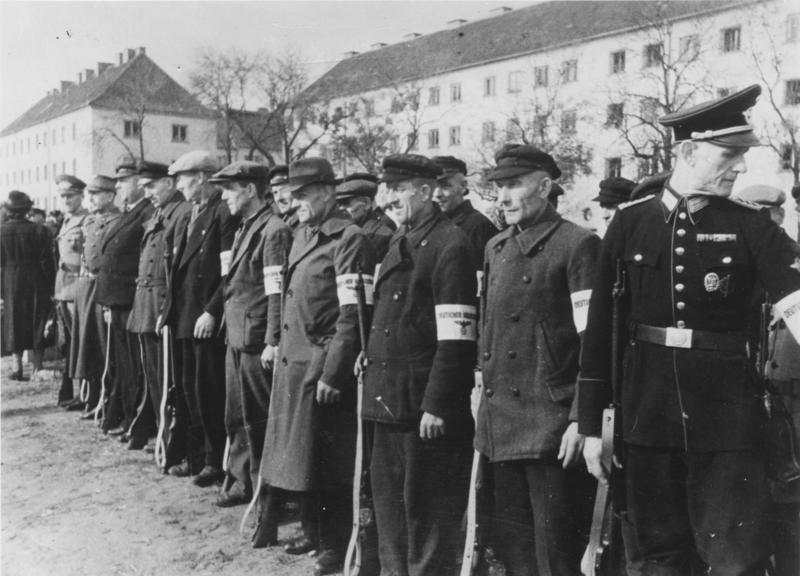|
Reichsgau Upper Danube
The Reichsgau Upper Danube (German: ''Reichsgau Oberdonau'') was an administrative division of Nazi Germany, created after the Anschluss (annexation of Austria) in 1938 and dissolved in 1945. It consisted of what is today Upper Austria, parts of Southern Bohemia, and a small part of the Salzkammergut which was annexed from Styria. The Gau had the honorary title of "Home Gau of the Führer" (german: Heimatgau des Führers), since Adolf Hitler was born in Braunau am Inn and spent much of his early life in Linz. His home Berghof was located in neighboring Gau Munich-Upper Bavaria. History The Nazi Gau (plural Gaue) system was originally established in a party conference on 22 May 1926, in order to improve administration of the party structure. From 1933 onwards, after the Nazi seizure of power, the ''Gaue'' increasingly replaced the German states as administrative subdivisions in Germany. On 12 March 1938 Nazi Germany annexed Austria and on 24 May the Austrian provinces were reorgan ... [...More Info...] [...Related Items...] OR: [Wikipedia] [Google] [Baidu] |
Reichsgau
A (plural ) was an administrative subdivision created in a number of areas annexed by Nazi Germany between 1938 and 1945. Overview The term was formed from the words (realm, empire) and , the latter a deliberately medieval-sounding word with a meaning approximately equivalent to '' shire''. The were an attempt to resolve the administrative chaos resulting from the mutually overlapping jurisdictions and different boundaries of the NSDAP Party , placed under a Party , and the federal states, under a responsible to the Ministry of the Interior (in the Prussian provinces, the equivalent post was that of ). Interior Minister Wilhelm Frick had long desired to streamline the German administration, and the were the result: the borders of party and those of the federal states were to be identical, and the party also occupied the post of . Rival interests and the influence the wielded with Hitler prevented any reform from being undertaken in the " Old Reich" (german: Altreich), ... [...More Info...] [...Related Items...] OR: [Wikipedia] [Google] [Baidu] |
Berghof (residence)
The Berghof was Adolf Hitler's vacation home in the Obersalzberg of the Bavarian Alps near Berchtesgaden, Bavaria, Germany. Other than the ''Wolfsschanze'' ("Wolf's Lair"), his headquarters in East Prussia for the invasion of the Soviet Union, he spent more time here than anywhere else during his time as the ''Führer'' of Nazi Germany. It was also one of the most widely known of his headquarters, which were located throughout Europe. The Berghof was rebuilt and renamed in 1935 and was Hitler's vacation residence for ten years. It was damaged by British bombs in late April 1945, and again in early May by retreating SS troops, and it was looted after Allied troops reached the area. The Bavarian government demolished the burned shell in 1952. History The Berghof began as a much smaller chalet called ''Haus Wachenfeld'', a holiday home built in 1916 (or 1917) by ''Kommerzienrat'' Otto Winter, a businessman from Buxtehude. It was located near the ''Platterhof'', the former ''Pens ... [...More Info...] [...Related Items...] OR: [Wikipedia] [Google] [Baidu] |
Reichsgau Niederdonau
The Reichsgau Lower Danube (German: ''Reichsgau Niederdonau'') was an administrative division of Nazi Germany consisting of areas in Lower Austria, Burgenland, southeastern parts of Bohemia, southern parts of Moravia, later expanded with Devín and Petržalka. It existed between 1938 and 1945. History The Nazi Gau (plural Gaue) system was originally established in a party conference on 22 May 1926, in order to improve administration of the party structure. From 1933 onwards, after the Nazi seizure of power, the ''Gaue'' increasingly replaced the German states as administrative subdivisions in Germany. On 12 March 1938 Nazi Germany annexed Austria and on 24 May the Austrian provinces were reorganized and replaced by seven Nazi party ''Gaue.''"Administration of Austria," ''The Times'' (London) 25 May 1938, page 15. Under the Ostmarkgesetz law of 14 April 1939 with effect of 1 May, the Austrian ''Gaue'' were raised to the status of ''Reichsgaue'' and their Gauleiters were subsequently ... [...More Info...] [...Related Items...] OR: [Wikipedia] [Google] [Baidu] |
Ostmark (Austria)
Ostmark (, "Eastern March") was the name used by Nazi propaganda from 1938 to 1942 to replace that of the formerly independent Federal State of Austria after the ''Anschluss'' with Nazi Germany. From the ''Anschluss'' until 1939, the official name used was Land Österreich ("State of Austria"). History Once Austrian-born Adolf Hitler completed the union between his birth country and Germany ''(Anschluss)'', the Nazi government had the incorporated territory renamed. The name ''Austria'' (''Österreich'' in German, meaning "Eastern Realm") was at first replaced by "Ostmark", referring to the 10th century '' Marcha orientalis''. The change was meant to refer to Austria as the new "eastern march" of the Reich. In August 1938, the ''Donau-Zeitung'' proudly referred to Passau as "the cradle of the new ''Ostmark''". Subdivision According to the ''Ostmarkgesetz'' with effect from 1 May 1939 the former States of Austria were reorganized into seven ''Reichsgaue'', each under the rule of ... [...More Info...] [...Related Items...] OR: [Wikipedia] [Google] [Baidu] |
Yad Vashem
Yad Vashem ( he, יָד וַשֵׁם; literally, "a memorial and a name") is Israel's official memorial to the victims of the Holocaust. It is dedicated to preserving the memory of the Jews who were murdered; honoring Jews who fought against their Nazi oppressors and Gentiles who selflessly aided Jews in need; and researching the phenomenon of the Holocaust in particular and genocide in general, with the aim of avoiding such events in the future. Established in 1953, Yad Vashem is located on the western slope of Mount Herzl, also known as the Mount of Remembrance, a height in western Jerusalem, above sea level and adjacent to the Jerusalem Forest. The memorial consists of a complex containing two types of facilities: some dedicated to the scientific study of the Holocaust and genocide in general, and memorials and museums catering to the needs of the larger public. Among the former there are a research institute with archives, a library, a publishing house, and an educational ... [...More Info...] [...Related Items...] OR: [Wikipedia] [Google] [Baidu] |
Mauthausen-Gusen Concentration Camp
Mauthausen was a Nazi concentration camp on a hill above the market town of Mauthausen, Upper Austria, Mauthausen (roughly east of Linz), Upper Austria. It was the main camp of a group with List of subcamps of Mauthausen, nearly 100 further Subcamp (SS), subcamps located throughout Austria and southern Germany. The three Gusen concentration camps in and around the village of Sankt Georgen an der Gusen, St Georgen/Gusen, just a few kilometres from Mauthausen, held a significant proportion of prisoners within the camp complex, at times exceeding the number of prisoners at the Mauthausen main camp. The Mauthausen main camp operated from 8 August 1938, several months after the German annexation of Austria, to 5 May 1945, when it was liberated by the United States Army. Starting with the camp at Mauthausen, the number of subcamps expanded over time. In January 1945, the camps contained roughly 85,000 inmates. As at other Nazi concentration camps, the inmates at Mauthausen and it ... [...More Info...] [...Related Items...] OR: [Wikipedia] [Google] [Baidu] |
Zukunft Braucht Erinnerung '' (''The Future''), German social-democratic weekly (1892–1923) founded and edited by Maximilian Harden
{{disambiguation, surname ...
Zukunft may refer to: * Paul F. Zukunft (born 1955), former Commandant of the United States Coast Guard * ''Die Zukunft ''Die Zukunft'' ("''The Future''") has been the name of three newspapers. ''Die Zukunft'' was a German social-democratic weekly (1892–1923) founded and edited by Maximilian Harden. It published allegations of homosexuality of Philipp, Prince o ... [...More Info...] [...Related Items...] OR: [Wikipedia] [Google] [Baidu] |
The Nizkor Project
The Nizkor Project ( he, נִזְכּוֹר, "we will remember") is an Internet-based project run by B'nai Brith Canada which is dedicated to countering Holocaust denial. About the project The website was founded by Ken McVay as a central Web-based archive for the large numbers of documents made publicly available by the users of the newsgroup ''alt.revisionism'' and gifted to B'nai Brith Canada in 2010. The site also archives numerous postings made to the newsgroup since the early 1990s. It does not archive every single posting ever made to the newsgroup; rather, the maintainers of the web site have selected various messages for display that are seen as presenting factual information about the Holocaust; or, in the case of some posters, about the authors of the messages themselves. In addition to providing an extensive archive of documents regarding the Holocaust, including the transcripts of the 1st Nuremberg Tribunal, the Nizkor Project also seeks to expose the activiti ... [...More Info...] [...Related Items...] OR: [Wikipedia] [Google] [Baidu] |
Volkssturm
The (; "people's storm") was a levée en masse national militia established by Nazi Germany during the last months of World War II. It was not set up by the German Army, the ground component of the combined German ''Wehrmacht'' armed forces, but by the Nazi Party on the orders of Adolf Hitler and established on 25 September 1944. It was staffed by conscripting males between the ages of 16 and 60 years, who were not already serving in some military unit. The ''Volkssturm'' comprised one of the final components of the total war promulgated by Propaganda Minister Joseph Goebbels, part of a Nazi endeavor to overcome their enemies' military strength through force of will. ''Volkssturm'' units fought unsuccessful futile battles against the Allied forces at the end of the war and on several occasions, its members participated in atrocities accompanied by German civilians and the Hitler Youth, which were overseen by members of the SS or Gau leaders. Origins and organization The ... [...More Info...] [...Related Items...] OR: [Wikipedia] [Google] [Baidu] |
Second World War
World War II or the Second World War, often abbreviated as WWII or WW2, was a world war that lasted from 1939 to 1945. It involved the vast majority of the world's countries—including all of the great powers—forming two opposing military alliances: the Allies and the Axis powers. World War II was a total war that directly involved more than 100 million personnel from more than 30 countries. The major participants in the war threw their entire economic, industrial, and scientific capabilities behind the war effort, blurring the distinction between civilian and military resources. Aircraft played a major role in the conflict, enabling the strategic bombing of population centres and deploying the only two nuclear weapons ever used in war. World War II was by far the deadliest conflict in human history; it resulted in 70 to 85 million fatalities, mostly among civilians. Tens of millions died due to genocides (including the Holocaust), starvation, ma ... [...More Info...] [...Related Items...] OR: [Wikipedia] [Google] [Baidu] |
Deutsches Historisches Museum
The German Historical Museum (german: Deutsches Historisches Museum), known by the acronym DHM, is a museum in Berlin, Germany devoted to German history. It describes itself as a place of "enlightenment and understanding of the shared history of Germans and Europeans". It is often viewed as one of the most important museums in Berlin and is one of the most frequented. The museum is located in the Zeughaus (armoury) on the Unter den Linden as well as in the adjacent Exhibition Hall designed by I. M. Pei. The German Historical Museum is under the legal form of a foundation registered by the Federal Republic of Germany. Its highest-ranking body is the Board of Trustees (Kuratorium) with representatives of the federal government, the German Bundestag (Parliament) and the governments of the German Länder, or states. Founding and history The museum was founded on 28 October 1987, on the occasion of the 750th anniversary of the founding of Berlin; it was inaugurated in the Reichst ... [...More Info...] [...Related Items...] OR: [Wikipedia] [Google] [Baidu] |
Reichsstatthalter
The ''Reichsstatthalter'' (, ''Imperial lieutenant'') was a title used in the German Empire and later in Nazi Germany. ''Statthalter des Reiches'' (1879–1918) The office of ''Statthalter des Reiches'' (otherwise known as ''Reichsstatthalter'') was instituted in 1879 by the German Empire for the areas of Alsace (''Elsaß'') and Lorraine (''Lothringen'') that France had ceded to Germany following the Franco-Prussian War. It was a form of governorship intended to exist while Alsace-Lorraine became a federal state of the Empire. It was abolished when Alsace-Lorraine was, in turn, ceded back to France after Germany lost World War I. Nazi Germany During the Third Reich, the Nazis re-created the office of ''Reichsstatthalter'' (Reich Governor or Reich Deputy) to gain direct control over all states (other than Prussia) after winning the general elections of 1933. Their independent state governments and parliaments were successively abolished, and the Reich government took o ... [...More Info...] [...Related Items...] OR: [Wikipedia] [Google] [Baidu] |
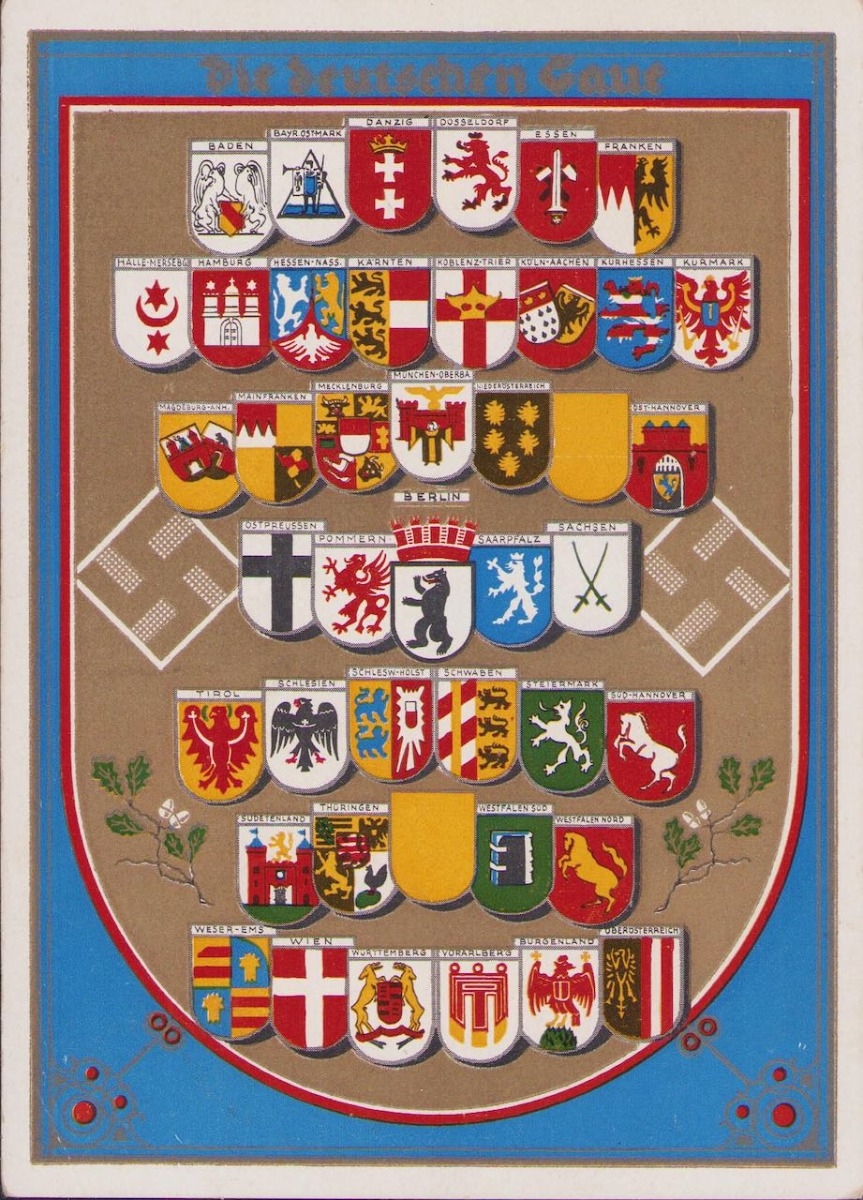
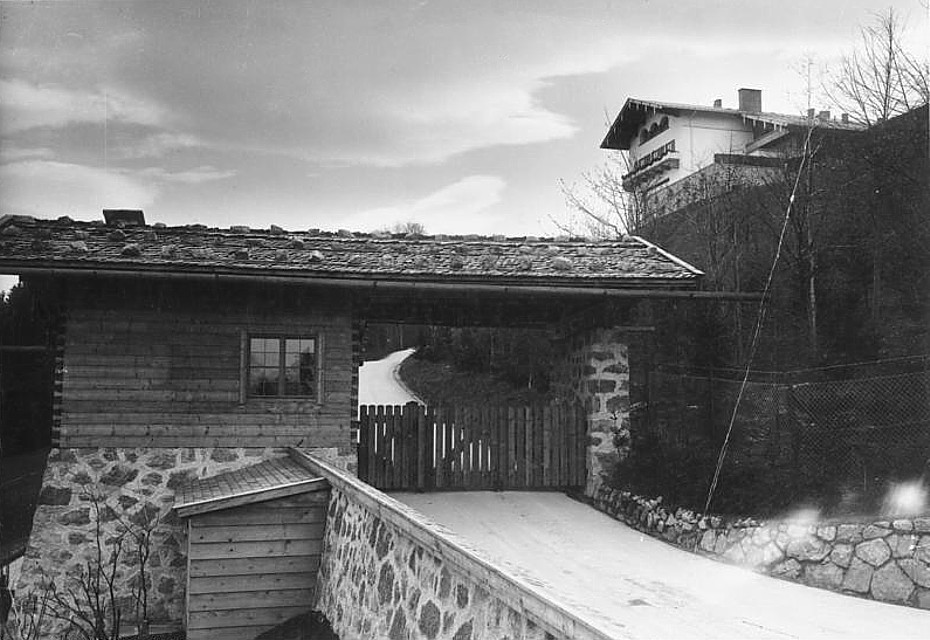
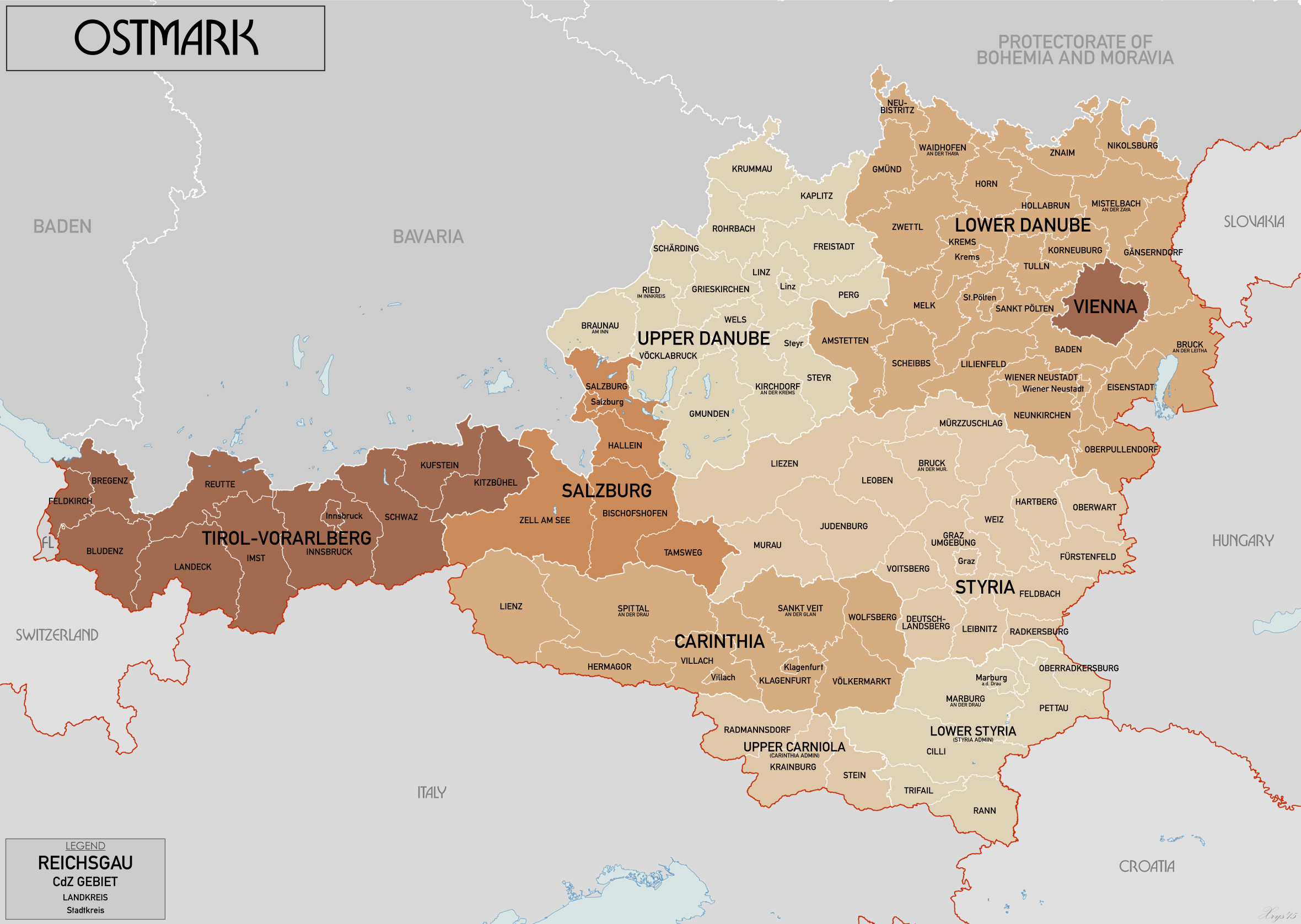
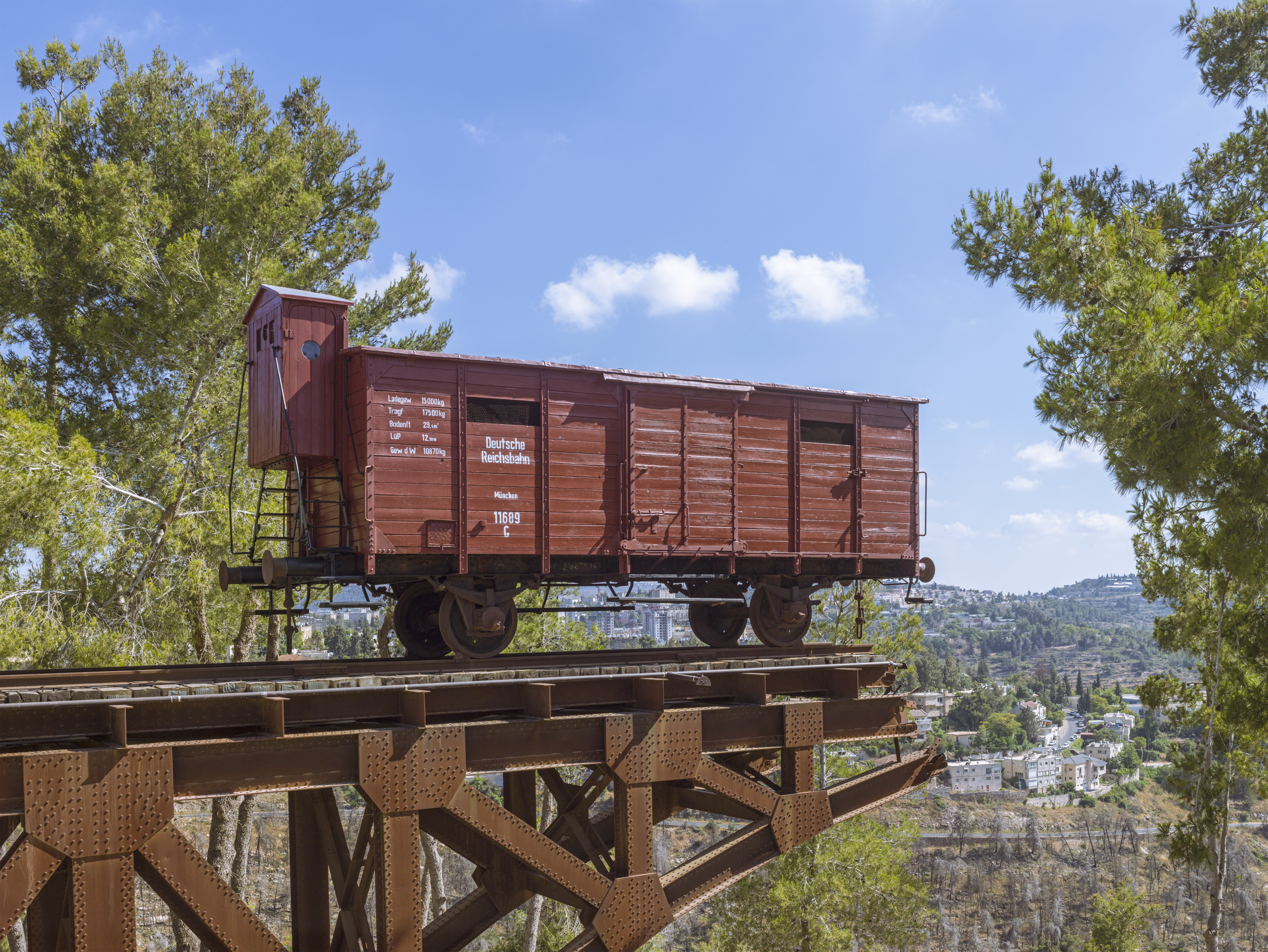
.jpg)
